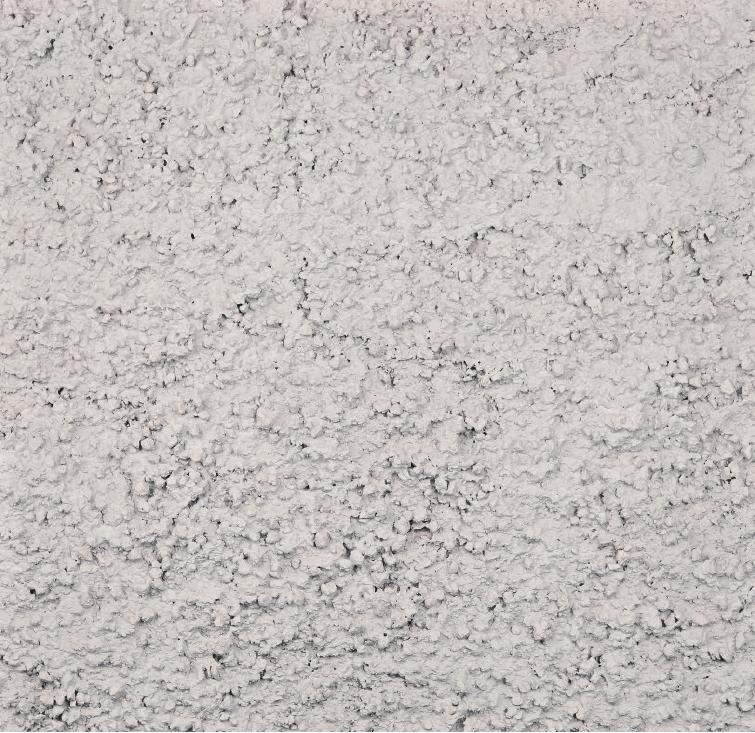Allgemein
Ungebaute Biennale
Aaron Betsky ist dieses Jahr Mastermind der Architektur-Biennale in Venedig, Motto: »Architecture beyond building«. Wie hat man sich Architektur ohne Gebäude, ohne Bauen vorzustellen? In Zeiten, da Architekten sich immer häufiger in der Rolle wiederfinden, die differenziertesten und unterschiedlichsten Programme – seien sie baurechtlicher, sozialer oder finanzieller Natur – unter einen Hut bringen und dann auch noch verkaufen zu müssen, ist es angebracht, die Architektur unabhängig vom rein Gebauten zu betrachten. Architektur ist mehr als Bauen. Es geht um das durchdachte (Aus-)Formen von Räumen, durch die wir uns in der aktuellen Welt zu Hause fühlen können, und um das Bewusstwerden dessen, dass Architekten imstande sind, Tag für Tag enorme Mengen abstrakter Information tatsächlich in Gebäude umzuwandeln. Architektur sollte die versteckten Kräfte, die unser tägliches Leben bestimmen, domestizieren, sichtbar und uns angemessen machen. Diese Kräfte sind nicht nur haustechnischer, sondern auch gesellschaftlicher und wirtschaftlicher Art und nicht zuletzt in Kapital- und Warenströmen begründet. Künftige Architektur sollte uns unsere Einbindung in diese Kräftefelder bewusst machen und uns zeigen, wie wir uns so mit ihnen arrangieren können, dass unser Leben menschlich bleibt. Statt ihren Auftraggebern monumentale Gebäude in menschenleere Innenstädte zu stellen, sollten Architekten imstande sein, mit ihrem Werk die tägliche Zersiedelung in den Griff zu bekommen. In den Innen- und Außenräumen der wunderbaren mittelalterlichen Biennale-Gebäude soll »echte« Architektur entstehen, nicht durch Pläne, Modelle, Fotografien oder Grafiken, sondern an dem Ort selbst, wo die Ausstellung stattfindet. Sie sollte uns einen Weg jenseits von Gebautem aufzeigen, der ständige Experimente ermöglicht.
~Aaron Betsky
building the biennale
Last December I received an interesting telephone call. The newly appointed President of the Venice Biennale, Paolo Baratta, asked me what I would do if I had a chance to organize one of its architecture events. I told the President that I wanted to organize an architecture biennale without buildings; I did not want to show any models or drawings of buildings that you could visit somewhere else, or show plans of cities through which you could go wander once you had left the confines of Venice. I only wanted to show the building blocks of a future architecture, visions of what is possible, dreams of what our world could become and perhaps some nightmares of what it may already be. I wanted to bring out the secret history of architecture, the one that is all about utopias, dystopias and heterotopias, that you can find in the interiors nobody takes seriously and in the landscapes most architects ignore at their peril. I want to show an architecture out there, beyond building. That is now the title of the Biennale that I am assembling and that will open in Venice in September of this year.
I have long believed that buildings are the tombs of architecture. In English as well as in German, the distinction between architecture and building is clear, but usually ignored. The latter word is a noun or a verb that denotes either the act of putting together a structure or the finished object. The former denotes the art of building or, more generally, all the ways in which the act and the object of building appears, how we talk about it, how we recognize it, how we think about it or what it means. It is all that is about building. These days, however, architecture has less and less to do with buildings. Buildings appear almost automatically through the many codes that govern how we construct: building codes, life and safety codes and all such legal definitions of how space should be manipulated; but also the financial codes that define how big a building should be and where, and these days often even what its parts and materials should be; the computer codes that can calibrate all these forces together and define the most optimal form without us having much choice in the matter; and, finally, codes of decorum and behavior that tell us what is appropriate for a building, how it should fit into a context, how it will tell us what it is, how users will recognize it or clients will »buy« it. All these codes, which are the abstraction of centuries of restrictions layered onto the act of building, by now define most aspects of buildings, and the architect is at best the person who finally orchestrates and then sells the finished product.
Before we bemoan this situation, let us realize that the modern notion of what architecture is – as the thoughtful making of the central institutions and forms of our society, as well as its great freedom – is of a relatively recent vintage (despite its ancient roots), and that we could easily imagine that architecture might take a different route in the future. Let us also remember that architecture as the thoughtful shaping of spaces is becoming more and more popular and that the ability architects have to condense vast amounts of information into three-dimensional alternatives to the reality most of us find restricting or just simply boring is an extremely valuable one. Hence it is worth exploring the possibility of moving beyond buildings.
In particular, we can ask the question, what is it that architecture could do for us? I would answer by saying that architecture can make us at home in the modern world. I mean that not in the sense that it can show us better ways to make houses, but in the sense that architecture can reveal, appropriate and domesticate those hidden forces, mostly of a technological nature, that define our daily lives. Architecture can find and define not only the infrastructure, the electrical, water and sewage lines, but also the social and economic conventions and the flows of both capital and materials that are continually shaping the modern world. It can then figure out ways of letting us understand where we are in relationship to those systems and forces. It can make us comfortable within them, or it can make us aware that such comfort is impossible, but in so doing can open up vistas to new ways of living. Architecture can be a way of digging at our world, opening it up, and allowing us to convert the more and more anonymous and featureless spaces of modernity into places that we could call, in some sense that awakens our body and our sense of self in its relation to others and our environment, human.
Architecture can in this way also begin to tackle the real issues that confront us in an immediate sense. We should be less worried about figuring out how to make monuments in inner cities, for instance, and more concerned with how we can do sprawl right. How can we recognize that the modern city is metastasizing into a new form of widespread, difficult-to-define and both environmentally and socially destructive urbanity, and figure out how we can make that those new forms work in a better way? How can we bring life to the suburbs and exurbs? How can we learn from the interiors that most people find comfortable and reflective of their lives to create the kind of cocoons that are the moveable architectures of personal space? How can we shape our landscapes so that they become the anchors of our daily lives, the maps by which we know where we are and where we have come from, and appropriate stages for public life? How can we create narratives, myths or just movies that give us alternatives that we can dream of, places where we can go?
It is these elements that I want to assemble in Venice this fall. I want to show experiments by architects trying to reveal, appropriate and domesticate those systems. I want to show the building blocks of a future world and a new kind of urbanity. I want to nail the principles of an architecture beyond building on the medieval walls of the Arsenale. I want to show those experiments in which architects are engaging all around the world and that may or may not lead to buildings, but that open up new possibilities and spaces in the world we thought we knew so well.
On a less idealistic note, I realize that exhibitions of architecture are silly things. Who wants to see models or drawings of buildings, or even blow-up photographs, if the real things will offer a much more powerfully integrated version of the same ideas? For ultimately architecture does cohere and inhere in a place, and comes together in structures that place us. It does look like aspects of a building, even if it might be just an inside or just a landscape, just a projection or a form of machinery for the continual construction of space. If you are going to exhibit architecture, you should show not postcards of an architecture that exists elsewhere, but exactly those aspects of the built environment that in the exhibition itself become architecture. An exhibition such as this should be a collection not of buildings, but of architecture, which is to say of images that show us something about the built environment. In this case, I hope it will show us the way beyond building towards an architecture of continuous experimentation.
So come to Venice this fall. There in the most perfect mirage of architecture, where facades float without bottoms or bodies and the city unfurls itself without axes as the always opening and closing of space, we will attempt to collect those images of architecture that are not grounded and that might not be going anywhere, but that will unfold the magic of what we can do if we use our ability to know and remake our physical environment to make ourselves at home in our world.
Aaron Betsky ist Direktor des Cincinnati Art Museum. Davor leitete er das NAI und war Kurator für Architektur, Design und Digital Projects am San Francisco Museum of Modern Art. Als ausgebildeter Architekt hat er rund ein Dutzend Bücher über Architektur und Design verfasst, im Herbst erscheint »What is Modernism«.
Teilen:





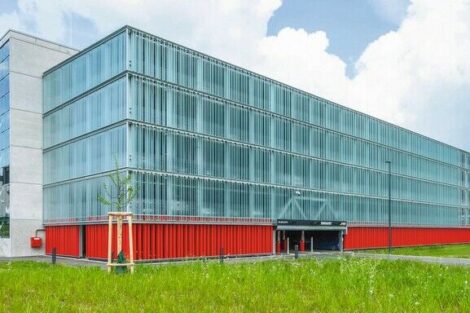
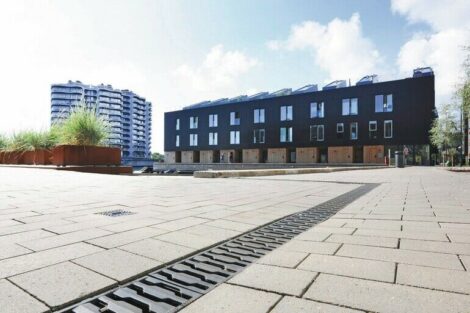

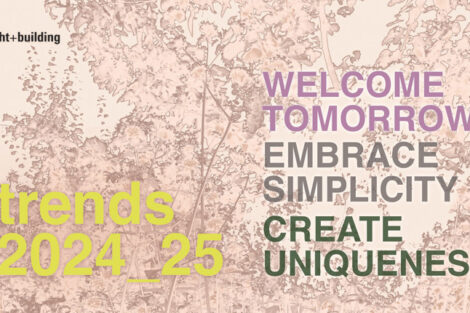
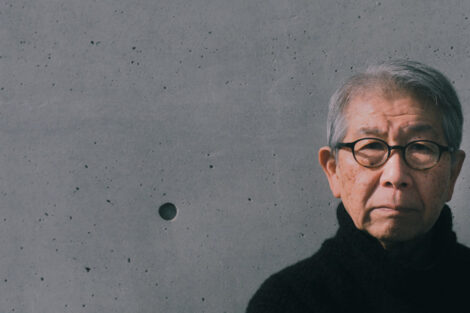
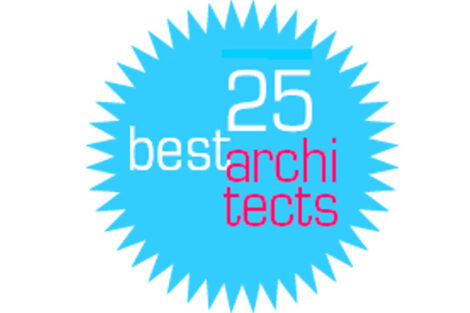
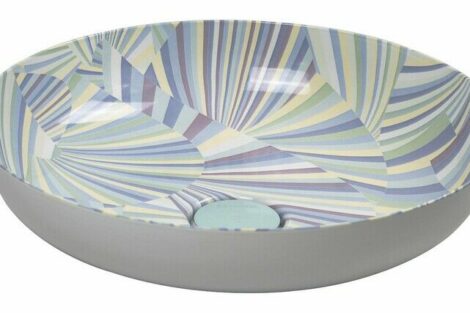
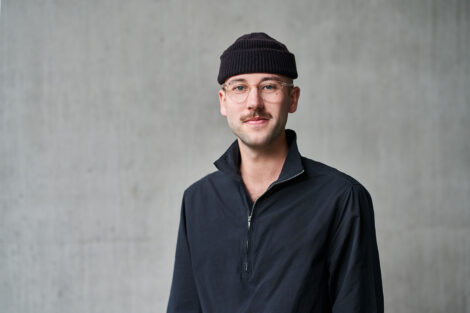
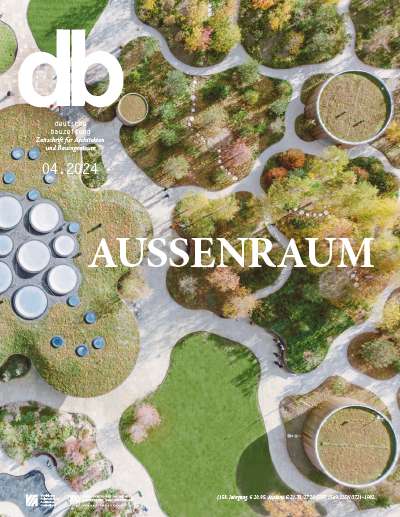

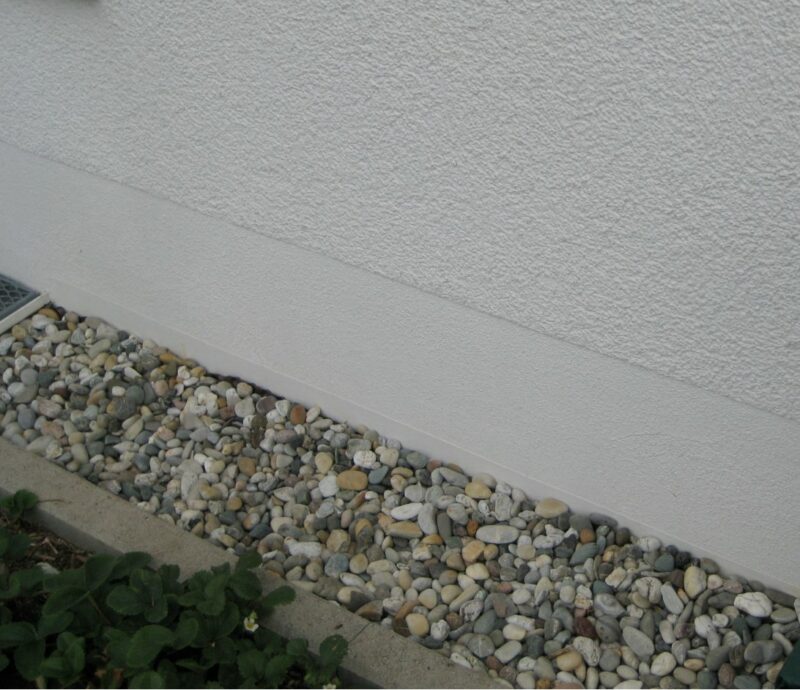
 Trockene Socken
Trockene Socken